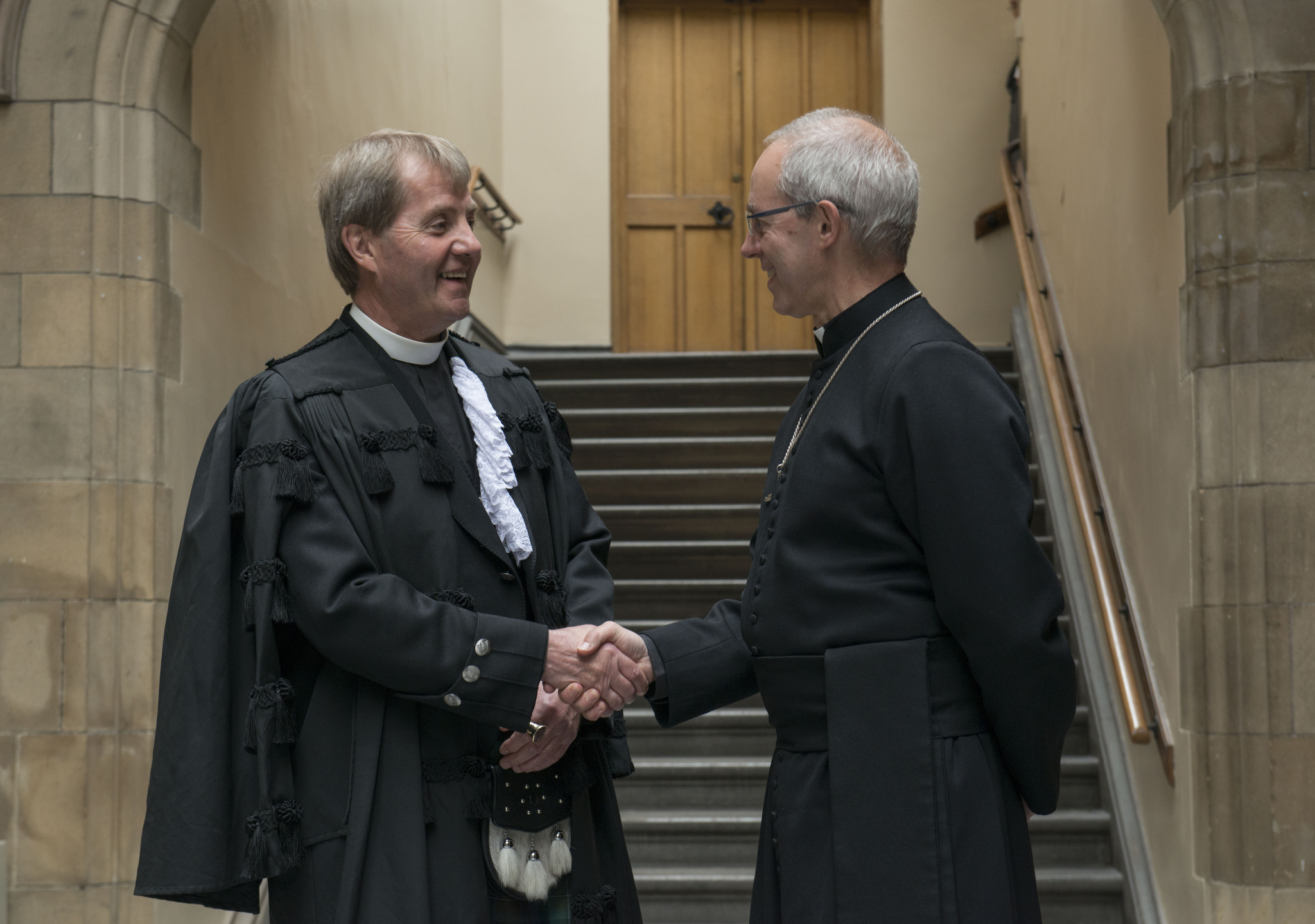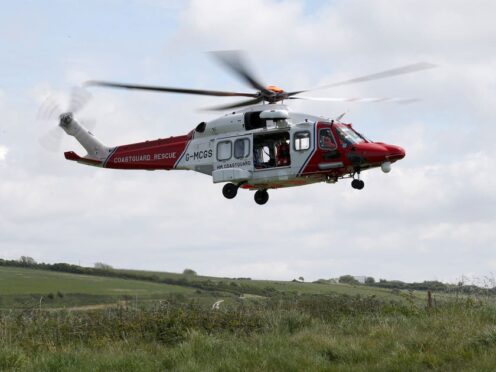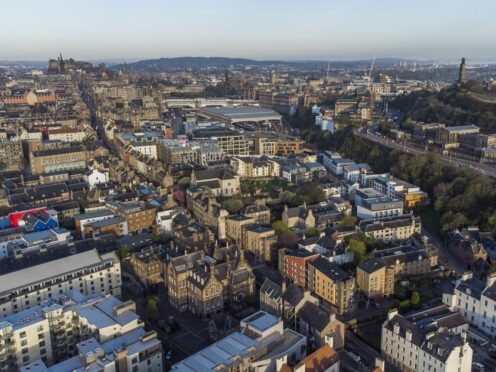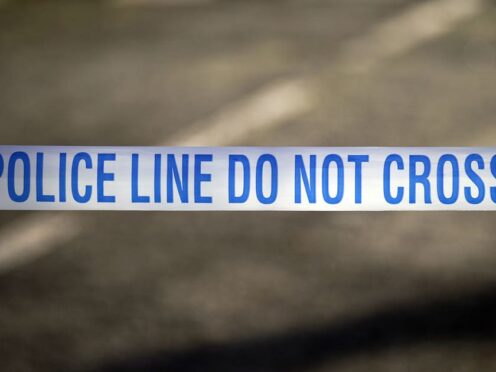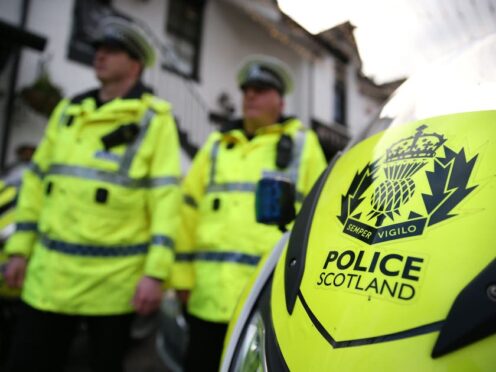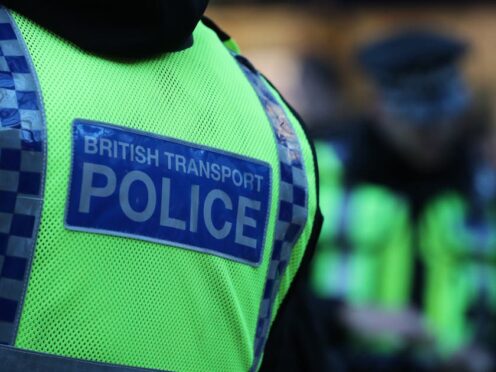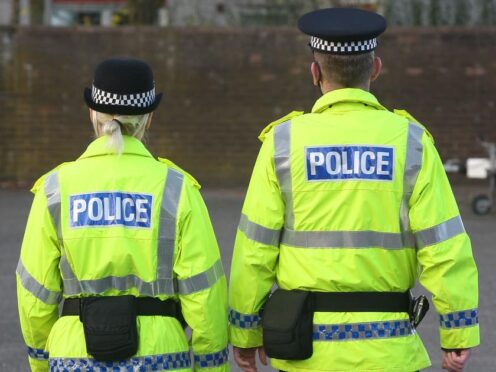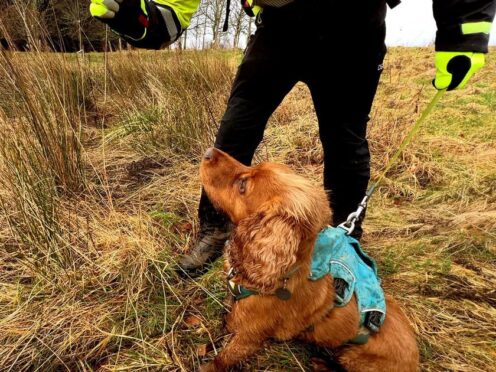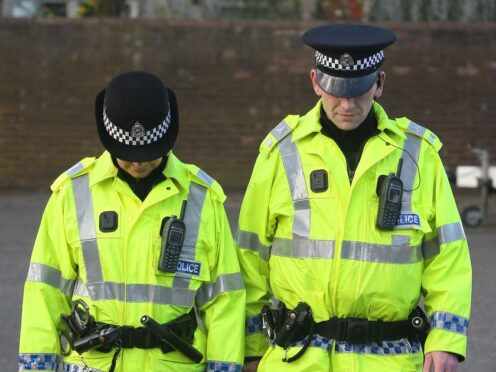The General Assembly of the Church of Scotland has approved a closer working relationship with the Church of England after a historic address by the Archbishop of Canterbury.
The Most Reverend Justin Welby urged a “deeper relationship” between the churches as he spoke ahead of a debate and vote on the Columba Declaration, which sets out how members and clergy will be allowed to worship and exercise ministry in each other’s churches.
It marked the first time the Archbishop of Canterbury has taken part in a debate at the Church of Scotland’s General Assembly in Edinburgh.
Former Archbishop of Canterbury Dr Rowan Williams addressed the General Assembly in 2012 but did not take part in a debate.
Archbishop Welby said the two churches are already united historically, politically and economically.
“We are united in witness to Christ as churches of our two nations within the one country of the United Kingdom, and that gives particular parameters to our unity in witness,” he said.
“Politically, we are united in witness to Christ by our common national context, including the referendum on Scottish independence in 2014, the recent elections and the imminent referendum on EU membership. Christ, who made us his holy nation calls us, whatever our views on Europe, to live out that unity.
“Historically, we are united in witness to Christ as churches shaped by the Reformation, with its 500th anniversary next year.
“Economically, we are united in witness to Christ by the growing inequality of our land, by the suffering of the poor, including food insecurity. Jesus sits with the poor, as we stand before them, in judgement on our disunity.”
Earlier this year, the Church of England’s General Synod backed a report proposing the Columba Declaration, which will also offer opportunities for congregational partnership, formal and informal, where there are churches close to each other.
Archbishop Welby wants to see the churches work more closely even though differences over same-sex marriage remain.
The General Assembly of the Church of Scotland voted to allow its ministers to be in same-sex marriages on the first day of the 2016 General Assembly.
Archbishop Welby said: “We know that there are serious issues to be faced in our relation with you around recognition and reconciliation of ministries.
“We know too that while in facing common challenges we have so much we can learn from one another and so much we can do together, we won’t always necessarily find ourselves walking in stead with one another – something I’ve been particularly conscious of as, like you, we have been considering the issues around same-sex marriages and following your earlier debate on ministers in same-sex marriages.
“But what we believe we are providing in this report is a sound framework for us to affirm and build on the agreement we have, for the sake of our common witness to Christ.”
The Columba Declaration between the churches was unanimously agreed by the General Assembly at the end of the debate.
